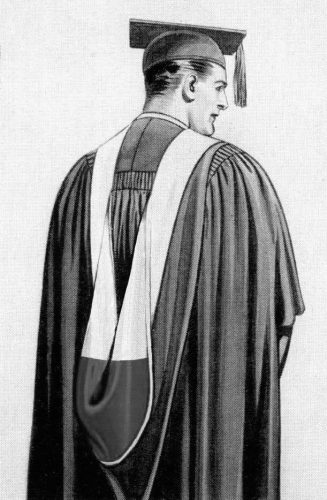Lake Forest College
Illinois
1857

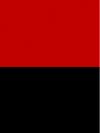
Ruby red, orange, and black were the original school colors of Lake Forest College, but in the 1890s – when it became popular for colleges and universities to have only two school colors – students voted to drop orange and keep ruby red and black as Lake Forest’s official colors.
Citations in the World Almanac (listed by cover date; color information is from the previous year): red/black (1895); ruby red/black (1896); black/red (1897); black/ruby red (1900); red/black (1902-1906); ruby red/black (1908-1931); red/black (1934-1935)
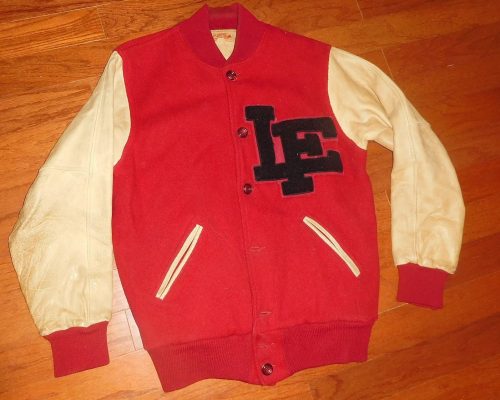
A 1927 IBAC list described the hood lining of Lake Forest College as cardinal with a black chevron. “Cardinal” is a medium-red shade similar to “ruby”. Unfortunately this was a duplication of the identical hoods the Intercollegiate Bureau had accidentally assigned to both Wesleyan University and Washington & Jefferson College (cardinal with a black chevron). So in the late 1940s or 1950s, the IBAC assigned Lake Forest a new hood lining. A list compiled by Kevin Sheard in Academic Heraldry in America (1962) described the college’s new hood lining as red and black, divided per chevron, and an Intercollegiate Bureau list from 1972 described Lake Forest’s hood lining as “cardinal over black”. This, too, was a duplication of the hoods the Bureau had already assigned to two other schools: the University of Georgia (cardinal above black) and Southwestern Presbyterian (today Rhodes College; cardinal above black). As the third college or university to be assigned this pattern, here Lake Forest’s colors have been divided per bar.
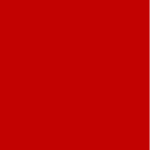

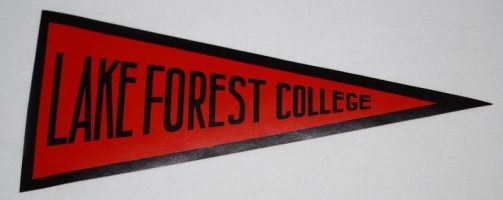
To avoid assigning duplicate hood linings to colleges and universities that used the same school colors, the Intercollegiate Bureau of Academic Costume (IBAC) used different types of heraldic patterns to divide the two or more colors in an academic hood. In IBAC lists from 1927 and 1948, a number of hood lining patterns were described as “[color] above [color]” or “[color] over [color]”, which referred either to a hood lining divided per chevron, per reversed chevron, or per bar. Unfortunately, today it is not usually known which of these three patterns the IBAC intended to describe.
